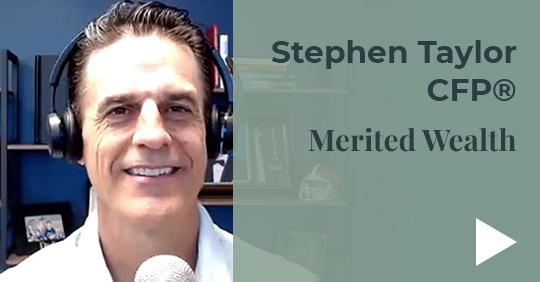
529 plans like Private College 529 have gained more flexibility over the past several years thanks to legislative changes. For instance, you can use your funds for qualified K-12 expenses, approved apprenticeship programs, and even student loan repayment. But the latest change is creating a real buzz. Beginning January 2024, savers can now roll unused 529 funds into a Roth IRA.
In this article, we explain 529 to Roth IRA rollovers and highlight the important details to know.
About Roth IRAs
An IRA is a tax-advantaged savings account designed to help individuals save for retirement. There are two types: Traditional and Roth IRAs.
In a traditional IRA, your money grows tax-free and, depending on your income, modified adjusted gross income (MAGI) and participation in an employer-sponsored plan, you may be able to fully or partially deduct your contributions from your income at tax time, thereby lowering your tax obligation. Although money grows tax-free, when you begin taking withdrawals from your account (after age 59 1/2, without penalty), the distributions are considered taxable income.
With a Roth IRA, contributions are considered after-tax, so they’re not tax-deductible, but they do grow tax-free along with the earnings. Once you reach age 59 1/2, you can withdraw your funds tax-free without a penalty if your account has been open for at least five years.
See a side-by-side comparison of both IRAs >
Turning our attention to Roth IRAs, here are some general details:
Contribution limits
Individuals aged 50 or younger can contribute up to $7,000 per year to a Roth IRA. Starting at age 50, there is a catch-up provision that allows contributions totaling $8,000 per year.
Income phaseouts
If you file taxes as an individual, your MAGI must be under $165,000 for tax year 2025 to contribute to a Roth IRA. For a married individual who files jointly, your MAGI jumps to $246,000. Additionally, there is a sliding schedule for contributions.
Rules for a 529 to Roth IRA rollover
With the passage of SECURE Act 2.0, individuals can now roll over unused 529 funds into a Roth IRA in the name of the beneficiary. This is a great benefit for families who have leftover 529 funds in their child’s account. It also relieves some of the fears of overfunding a 529.
“The new 529 to Roth IRA rollover option is significant,” says M. Carleton McHenry, CFP and founder of McHenry Capital, LLC. “For families who find themselves in the position of having unused 529 funds, the ability to move from one tax-advantaged vehicle to another, while positioning their child for future success, presents substantial long-term value.”
This provision became effective January 1, 2024. While it’s a great new benefit to families, there are several rules that apply.
Restrictions
- Rollover amounts are restricted to the annual Roth IRA contribution and income limits, $7,000 and $165,000 (MAGI), respectively, for single filers. These limits are for the beneficiary, not the account owner, which is typically the parent.
- The lifetime rollover amount is capped at $35,000 per beneficiary. If your 529 account has unused funds in excess of $35,000, you may need to explore additional options, such as changing the beneficiary to a younger child or another qualified family member.
- Roth IRA contribution limits include both 529 rollovers and other funds.
Waiting period
- The 529 plan must be held for the named beneficiary (the one receiving the rollover) for at least 15 years.
- The 529 contributions must be invested for a minimum of 5 years before being eligible for a rollover.
It’s important to note that once you roll over funds from a 529 plan to a Roth IRA, you cannot move the same funds back into the 529.
Next steps
Before you contact your bank or investment firm, or where you intend to open a Roth IRA, make sure you understand all your options.
529 plans offer change of beneficiary, and the definition of a qualified family member is extensive. In some instances, it might make sense to change the beneficiary on your account rather than roll the funds into a Roth IRA.
If you have questions about 529 to Roth IRA rollovers, speak with a financial advisor. Or to get started with a 529 plan, explore Private College 529 Plan.
Contribution limits have been updated for 2025.











